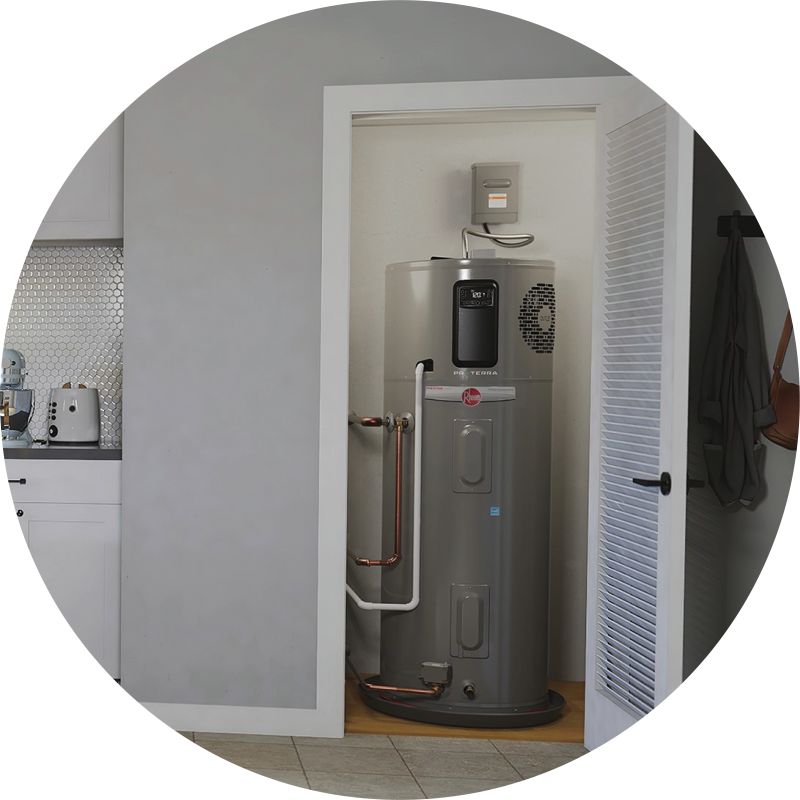Steps on How to Care for Your Home's Hot Water System Effectively
Steps on How to Care for Your Home's Hot Water System Effectively
Blog Article
They are making a number of good pointers relating to How to Maintain a Hot Water Heater in a Few Simple Steps in general in this post underneath.

Hot water is vital for day-to-day comfort, whether it's for a refreshing shower or cleaning recipes. To ensure your warm water system runs efficiently and lasts much longer, routine maintenance is crucial. This short article provides functional suggestions and understandings on exactly how to maintain your home's warm water system to avoid disturbances and costly fixings.
Intro
Preserving your home's warm water system may seem overwhelming, however with a few simple actions, you can ensure it runs smoothly for several years to find. This overview covers whatever from comprehending your hot water system to do it yourself maintenance pointers and understanding when to call expert help.
Relevance of Preserving Your Warm Water System
Regular upkeep not only prolongs the life-span of your warm water system but likewise guarantees it operates successfully. Neglecting upkeep can result in lowered efficiency, greater power bills, and also early failure of the system.
Signs Your Warm Water System Requirements Upkeep
Knowing when your warm water system requires attention can prevent major problems. Look out for signs such as irregular water temperature level, strange noises from the heating unit, or rustic water.
Recognizing Your Hot Water System
Before diving right into maintenance tasks, it's helpful to understand the fundamental parts of your warm water system. Usually, this consists of the hot water heater itself, pipelines, anode rods, and temperature level controls.
Month-to-month Upkeep Tasks
Regular monthly checks can assist capture small issues before they intensify.
Purging the Hot Water Heater
Purging your hot water heater gets rid of sediment accumulation, enhancing effectiveness and lengthening its life.
Monitoring and Changing Anode Rods
Anode poles prevent rust inside the container. Inspecting and replacing them when worn out is important.
Checking and Changing Temperature Level Settings
Adjusting the temperature settings guarantees optimal performance and safety.
DIY Tips for Maintenance
You can carry out a number of maintenance tasks yourself to keep your hot water system in top condition.
Checking for Leakages
Regularly inspect pipelines and links for leakages, as these can bring about water damages and greater expenses.
Evaluating Pressure Relief Valves
Examining the stress safety valve guarantees it works properly and avoids excessive stress build-up.
Shielding Pipelines
Protecting hot water pipes lowers warmth loss and can save energy.
When to Call a Professional
While DIY upkeep is helpful, some problems require specialist know-how.
Complicated Concerns Needing Professional Aid
Instances include significant leaks, electrical troubles, or if your water heater is consistently underperforming.
Routine Specialist Maintenance Conveniences
Professional upkeep can consist of comprehensive assessments, tune-ups, and guaranteeing conformity with security requirements.
Verdict
Normal upkeep of your home's hot water system is important for efficiency, durability, and cost financial savings. By complying with these tips and understanding when to seek specialist help, you can make sure a dependable supply of warm water without unexpected interruptions.
How to Maintain an Instant Hot Water Heater
Before tinkering with your hot water heater, make sure that it’s not powered on. You also have to turn off the main circuit breaker and shut off the main gas line to prevent accidents. Also turn off the water valves connected to your unit to prevent water from flowing into and out of the appliance. 2. When you’re done, you have to detach the purge valves’ caps. These look like the letter “T†and are situated on either side of the water valves. Doing so will release any pressure that has accumulated inside the valves while at the same time avoid hot water from shooting out and burning your skin. 3. When the purge valves’ caps are removed, you have to connect your hosing lines to the valves. Your unit should have come with three hoses but if it didn’t, you can purchase these things from any hardware or home repair shops. You can also get them from retail stores that sell water heating systems. Read the user’s manual and follow it to complete this task properly. When the hosing lines are connected, open the purge port’s valves. 4. You should never use harsh chemical cleaners or solutions when cleaning your unit. Make use of white vinegar instead. It should be undiluted and you’ll probably use about 2 gallons. 5. Now flush your water heater. This task should probably take about 40 minutes. We can’t give you specific directions for this because the procedure is carried out depending on the type, model and brand of your heater. With that being said, refer to the user’s manual. 6. When you’re done draining the unit, you have to turn off the purge port valves again. Remove the hosing lines that you earlier installed on each of the water valves. Put the valve caps (purge port) back in their respective places and be very careful so as not to damage the rubber discs that are found inside these caps. 7. Now that everything’s back in place, check your user’s manual again to find out how to reactivate your water heating system. 8. Once it is working, turn one of your hot water faucets on just to let air pass through the heater’s water supply pipes. Leave the tap on until water flows smoothly out of it. https://www.orrplumbing.com/blog/2014/september/how-to-maintain-an-instant-hot-water-heater/

Hopefully you enjoyed reading our part on Water Heater Maintenance Tips You Can't Afford to Forget. Thanks for spending some time to read through our posting. Enjoyed our review? Please share it. Help others check it out. I love your readership.
Book Inspection Report this page